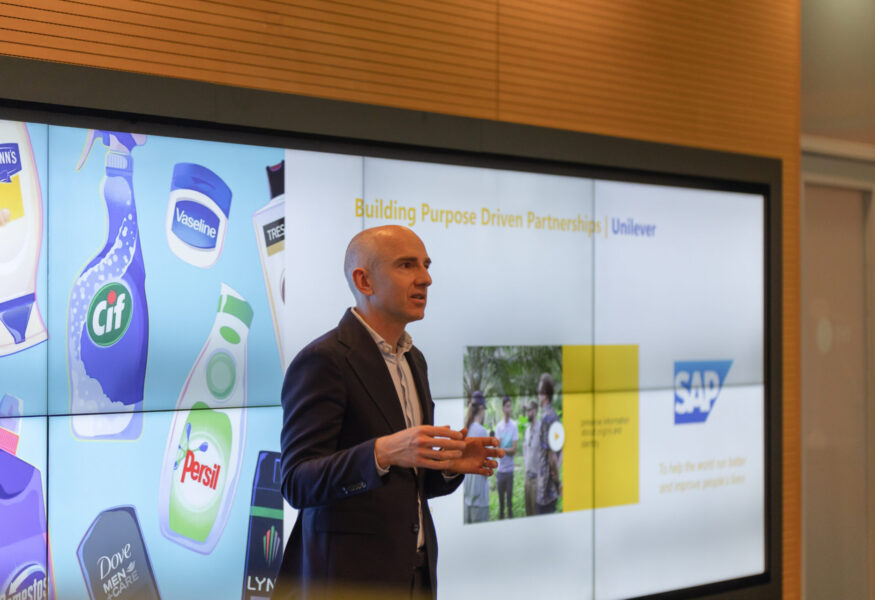Maximum efficiency and flexibility. That’s what everyone wants and most companies probably think they’re on the right track. But is it true? Check out the following frequently painful points and find out where your organisation can make some quick wins.
1. No “clean” data
To make the right choices, you need to be able to believe your data implicitly. You can only do this if your data is good quality. Which is not the case in many organisations. For example, manual input, human error, lack of data validation and not enough data accountability often lead to inaccurate and therefore unreliable data.
2. Errors in data processing
The first challenge is to get good quality data. But that alone isn’t enough, because it’s equally important to process the data correctly. This is often done manually, meaning that you are relying on the knowledge and sense of responsibility of your employees. If they don’t follow the correct procedures or standards, you as an organisation are still on the back foot.
3. Inability to respond quickly to needs
The world around us keeps changing. As an organisation, you want to be flexible and respond properly to market trends and your customers changing needs, but this isn’t always possible. For example, this might be because you are working with inflexible processes or outdated systems. Or because you don’t have information in real time. That in turn means you are too late in adjusting your products, services or marketing strategy. The result: missed opportunities and maybe even a weaker competitive position.
4. Too many different programs
The last thing you want as an organisation is for your valuable information to become fragmented. However, this is frequently still what happens. Organisations work with many different systems and many different interfaces. As a result, information gets lost, even though it is crucial for your business management to have a single central source of information and truth.
Uncontrolled proliferation of programs or systems also costs you time and money. For example, your employees keep having to change systems, each time having to make a mental switch and adapt. In addition, each system comes with its own price tag for licence management and maintenance.
5. Slow and obsolete systems
“If it ain’t broke, don’t fix it.” That’s the reason organisations often quote for clinging onto old and outdated systems for just a bit longer. The fact gets overlooked here that these systems are now so slow that they are costing you productivity and efficiency. Without even mentioning the user frustration they cause. You will also hit the limits of their functionality and you have an increased risk of security leaks. Reducing your profit. Maybe it would be a good idea to say goodbye to your old system sooner rather than later?
6. Pressure due to high demand
Demand is growing for your product or service. That’s a good sign, but it can also be what kicks off many issues. Such as – how can you quickly increase your production or supply? You may encounter capacity problems. Such as limited production capacity, staff shortages or challenges in transport and logistics. At the same time, you don’t want to compromise the quality and good reputation of your product, service or organisation. You can only scale up quickly if your organisation is designed to do so.
7. Lack of workplace efficiency
Finding good staff can be difficult. However, it is even more difficult to get the employees you already have to work as efficiently as possible. Too often a lot of energy and time is lost because processes are not streamlined, there are no clear workflows and procedures, or there is a lack of communication and collaboration. In addition, work that could easily be automated is, in many cases, still being done manually.
Do you recognise some of these pain points?
Map out where the shoe pinches in your organisation and see how more digitisation can help you.












